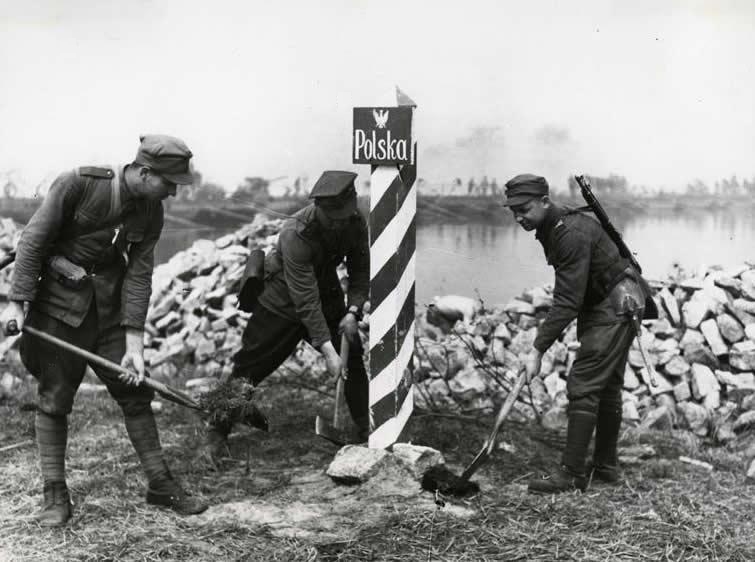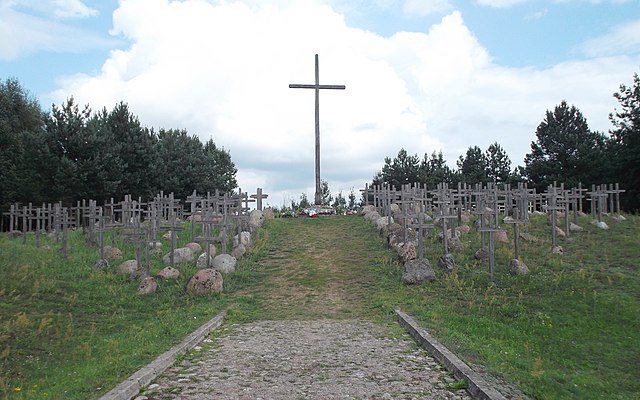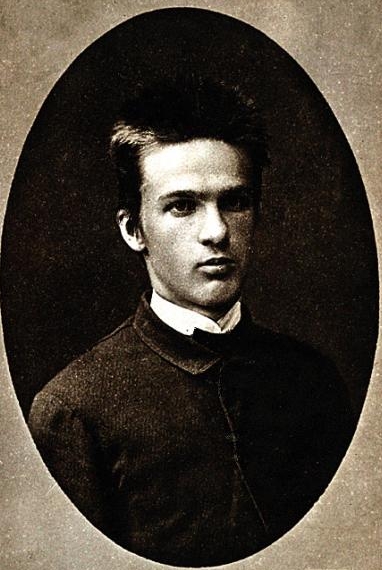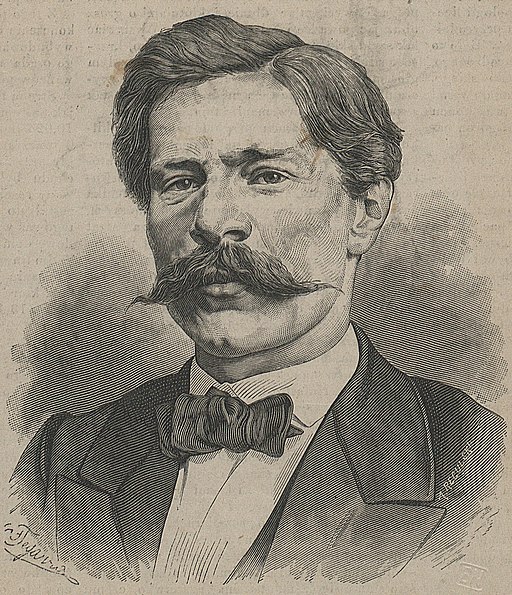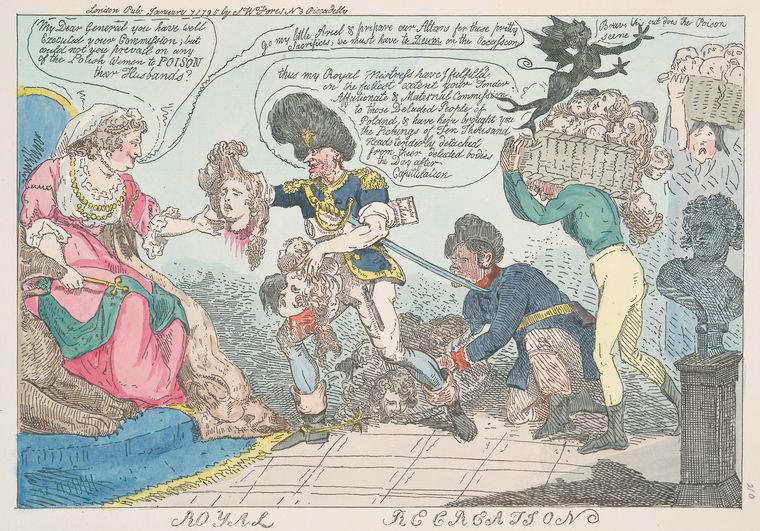After fierce combats in the northern part of the Italian Peninsula, Polish soldiers triumphantly entered Bologna.
The last weeks of the World War Two in Europe. Last, but critical engagements, and at the same time, more victims. In the morning of 16 April 1945 the operation of crossing the Oder river started, in which soldiers of the First Polish Army took part. Among the Polish units the First Infantry Divisio
For several decades after the war, families referred to the victims of the Roundup as “missing” because they did not know their fate. Many believed that they had been deported to Sybir, and that they would one day return. It was not until 2011 when Nikita Petrov, a researcher from the (now illeg
On December 5, 1867, Józef Piłsudski was born at the manor house in Zułów.
On 12 February 1833, Aleksander Czekanowski was born in Krzemieniec in Volhynia. He trained as a geologist, but was not given the freedom to pursue his career as he was sent to Siberia at the age of 30 for taking part in the January Uprising.
This is what journalist Bruno Korotyński wrote in 1924 about the slaughter in Warsaw’s Praga district. It was one of the last, and at the same time most tragic, episodes of the Kościuszko Uprising. On 4 November 1794, after the Polish army had been defeated, Cossacks slaughtered about 20,000 civ





